Frequently Asked Questions
HAVE A QUESTION?
Have some more questions? Check out our FAQ’s below and see if it solves your issue.
Voltage optimisation is an established technology that matches the incoming power from the National Grid to the optimal voltage required by your site and equipment. The result is reduced energy costs, a smaller carbon footprint and equipment that lasts longer. You can find out more in our voltage optimisation explainer page.
The basic principle behind voltage optimisation (VO) is to reduce the voltage level from that of the incoming grid supply to match the needs of your electrical equipment.
VO is a transformer-based technology and acts as a buffer between your incoming electrical supply and your equipment. An optimiser can monitor the voltage levels and reduce them to the optimal level for your equipment. For more technical information, visit our voltage optimisation explainer page.
The average customer can expect to save between eight and twelve per cent on their energy bills. However, some clients achieve far greater savings and you will also save on equipment and maintenance costs.
How much you will save depends on several factors. Different types of electrical equipment react differently to the same level of voltage reduction. The actual energy saving achieved with voltage optimisation will be dictated by the level of voltage reduction, combined with the voltage dependency of all electrical equipment in use on site. For example, if the overall voltage dependency of your site is one hundred per cent, then for a ten per cent voltage reduction you would benefit from a 19 per cent energy saving.
You can read more about the success stories on our projects page.
Most customers will see a return on investment within two years.
Yes. You might be able to safely measure your grid supply voltage by using a low-cost energy meter that plugs into a standard 13A socket.
Yes. Powerdown220 offers professional installation services from trained VO installers. Our experienced technicians ensure proper installation and integration of the system into your facility’s electrical setup.
A simple installation of a small optimiser can be easily completed in less than a day. For larger optimisers requiring more complex installations, two or three days is more typical.
Yes. Because voltage optimisers are installed in line with your power supply, the power will need to be turned off for a brief period. How long the power needs to be switched off is dependent on the particulars of your installation and the size of the voltage optimiser required.
Powerdown220 is committed to providing the highest quality customer service, including excellent aftersales support. We offer maintenance services, regular check ups, and technical assistance to address any issues that may arise with your voltage optimisation system post-installation.
This is perhaps the most frequently asked question by electricians and electrical engineers. There is a common misconception that Power (W) remains constant with a change in voltage when this is not the case. It is in fact the resistance measured in Ohms (Ω) dictated by the physical construction of the electrical equipment that remains constant. Power (W) is the result of the Voltage (V), applied to the resistance/impedance of the electrical equipment.
Yes, our voltage optimisers come equipped with data monitoring and reporting capabilities. You can access real-time and historical energy consumption data through user-friendly interfaces.
In contrast to voltage optimisation, which lowers the supply of voltage from the National Grid, voltage stabilisation systems will maintain your voltage within a given range, offering additional protection.
Yes. Supplying your electrical equipment with an unnecessarily high voltage results in excessive heat being generated, which is proven to damage your equipment.
The UK’s Wiring Regulations (BS7671) state that any linear appliance with a design voltage of 230V, when required to work at a constant voltage of 240V and above, will consume more energy and suffer a shortened working life of up to 46%!
Yes. Unlike some VO, all our voltage optimisers are fully compatible and are a complimentary fit with all renewable technologies such as Solar PV, biomass, heat pumps, wind, and other forms of energy generation.
Yes. All electrical equipment manufactured for Europe must be CE marked and work best, and most efficiently at 220-230 Volts. Having a higher voltage doesn’t help your equipment, it strains and damages it.
The UK average supply voltage is 242 Volts but can be as high as 253 Volts, which is far higher than what is optimal for the equipment.
Maybe. With discharge lamps (mains or high frequency), brightness will drop slightly with a reduction in voltage. However, Powerdown220 recommend an optimised voltage of around 225 volts and the output of the lamp is based at 230 volts, so any impact on overall light output is minimised.
Here in the UK lamps are seriously overvolted. This initially causes the lamp to burn brighter than it was intended to do so by the manufacturer. This shortens the lifespan of the lamps, and they become dimmer much faster, which is referred to as lamp degradation.
Operating the lamps at or slightly below the 230 volt design voltage slows lamp degradation, so the lamps stay brighter for longer and consume less energy throughout their lifetime.
No. Three phase induction motors used extensively throughout modern industry deliver a constant speed over a wide voltage range. The speed of these motors is dictated by the supply frequency and the winding configuration.
While voltage optimisation does alter the supply voltage, it does not alter the supply frequency. Therefore, if the optimised supply voltage is maintained within a given range, we can guarantee that the speed of the motor will not be affected.
